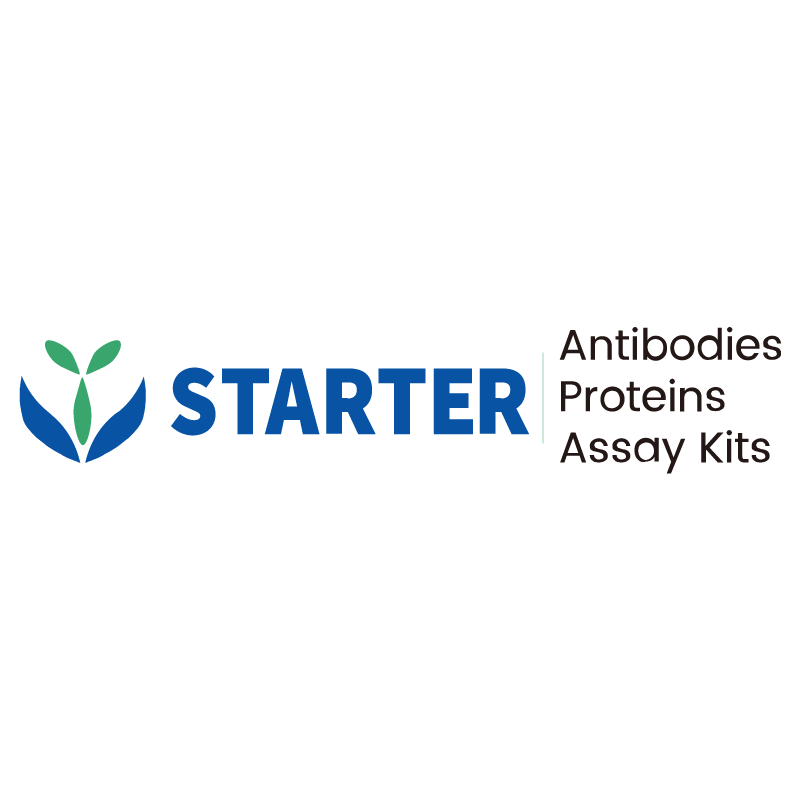BALB/c mouse bone marrow cells were stained with Ly-6G/Ly-6C - Pacific Blue™ Antibody. Then cells were fixed with 4% PFA , permeabilized with 0.1% Tween-20, and stained with Mouse CD63 antibody at 1/2000 dilution (0.1 μg) / (Right panel) compared with a Rat IgG2a, κ Isotype Control / (Left panel). Goat Anti-Rat IgG Alexa Fluor® 647 was used as the secondary antibody.
Product Details
Product Details
Product Specification
| Host | Rat |
| Antigen | CD63 |
| Synonyms | CD63 antigen |
| Location | Secreted, Lysosome, Endosome, Cell membrane |
| Accession | P41731 |
| Clone Number | S-R667 |
| Antibody Type | Rat mAb |
| Isotype | IgG2a,k |
| Application | ICFCM |
| Reactivity | Ms |
| Positive Sample | BALB/c mouse bone marrow |
| Purification | Protein G |
| Concentration | 2 mg/ml |
| Conjugation | Unconjugated |
| Physical Appearance | Liquid |
| Storage Buffer |
PBS pH7.4
|
| Stability & Storage | 12 months from date of receipt / reconstitution, 2 to 8 °C as supplied. |
Dilution
| application | dilution | species |
| ICFCM | 1:2000 | Ms |
Background
CD63 is a tetraspanin protein involved in various cellular processes such as cell adhesion, migration, and signal transduction. It is predominantly found on the membranes of late endosomes, multivesicular bodies, and exosomes. As a marker protein of exosomes, CD63 plays a crucial role in cell-to-cell communication, including facilitating the interaction between tumor cells and surrounding cells. Additionally, CD63 is associated with intracellular secretory events in cells like eosinophils, where it is involved in degranulation processes. In some cancers, such as hepatocellular carcinoma, CD63-overexpressing tumor-associated macrophages can drive tumor progression by promoting cancer cell proliferation, migration, and invasion.
Picture
Picture
FC


